World Art Day celebrates the transformative power of human expression across cultures, mediums, and traditions. While celebrated masterpieces hang in renowned museums, some of the most captivating artistic experiences emerge from places where creativity permeates everyday life.
These destinations offer immersive encounters with art that transcend conventional gallery experiences, inviting travelers to witness creativity in its most authentic contexts. Here is a list of 20 extraordinary destinations where art and creative expression take center stage in unexpected and inspiring ways.
Naoshima Island, Japan

This small island in Japan’s Seto Inland Sea has transformed from a fishing community into an international art destination through the vision of architect Tadao Ando. Visitors can explore museums built directly into the hillsides, wander through abandoned houses converted into permanent installations, and encounter outdoor sculptures that respond to the island’s natural landscape and maritime heritage.
Wynwood Walls, Miami

This former warehouse district has evolved into one of the world’s largest open-air street art galleries, featuring massive murals by renowned international artists. The colorful outdoor museum spans more than 50 blocks, where industrial buildings serve as canvases for boundary-pushing works that change regularly, creating a dynamic environment where visitors can witness the evolution of contemporary urban art.
Like Travel Pug’s content? Follow us on MSN.
Gibellina, Sicily

After a devastating earthquake destroyed this Sicilian town in 1968, it was rebuilt as a living art installation through a visionary project that invited prominent artists and architects to reimagine urban space. The resulting landscape features monumental sculptures, experimental architecture, and the hauntingly beautiful Cretto di Burri—a vast concrete artwork covering the original town ruins like a geometric shroud.
Oaxaca, Mexico

This colonial city maintains deep connections to Indigenous artistic traditions while fostering cutting-edge contemporary expression. Visitors encounter creativity everywhere—from ancient textile techniques practiced in surrounding villages to experimental printmaking studios, vibrant alebrijes (fantastical painted wooden creatures), and innovative mezcal distilleries that blend artisanal craftsmanship with modern sensibilities.
Dongdaemun Design Plaza, Seoul
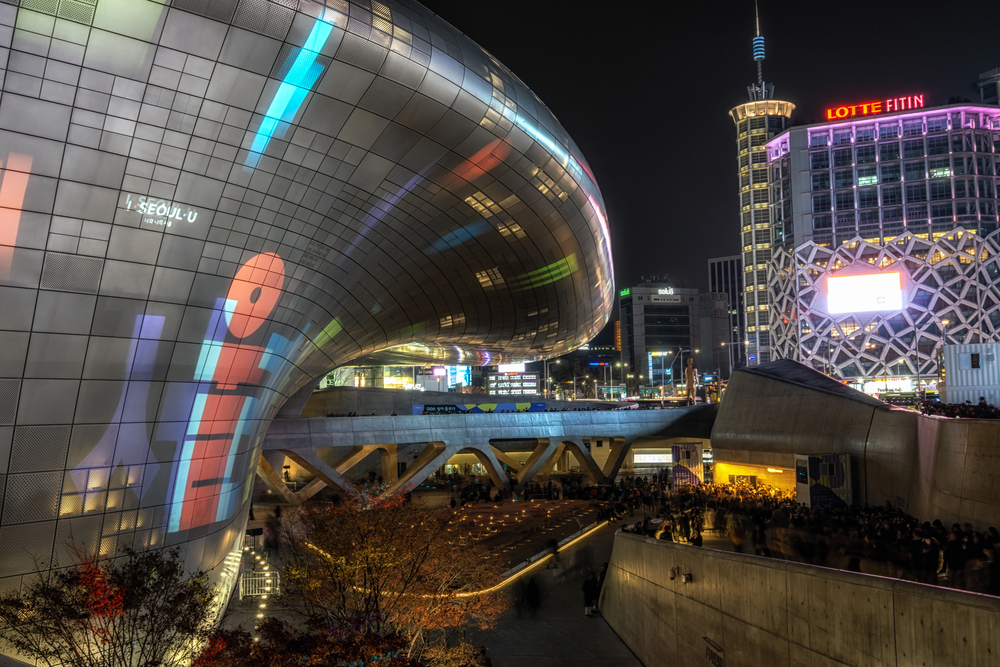
This futuristic cultural complex designed by Zaha Hadid represents South Korea’s commitment to positioning itself at the forefront of creative innovation. The undulating metallic structure houses design museums, fashion showcases, and technology exhibitions.
Meanwhile, its exterior serves as an urban canvas for large-scale digital art projections that transform the building after sunset.
Like Travel Pug’s content? Follow us on MSN.
Sculpture Parks of New Zealand
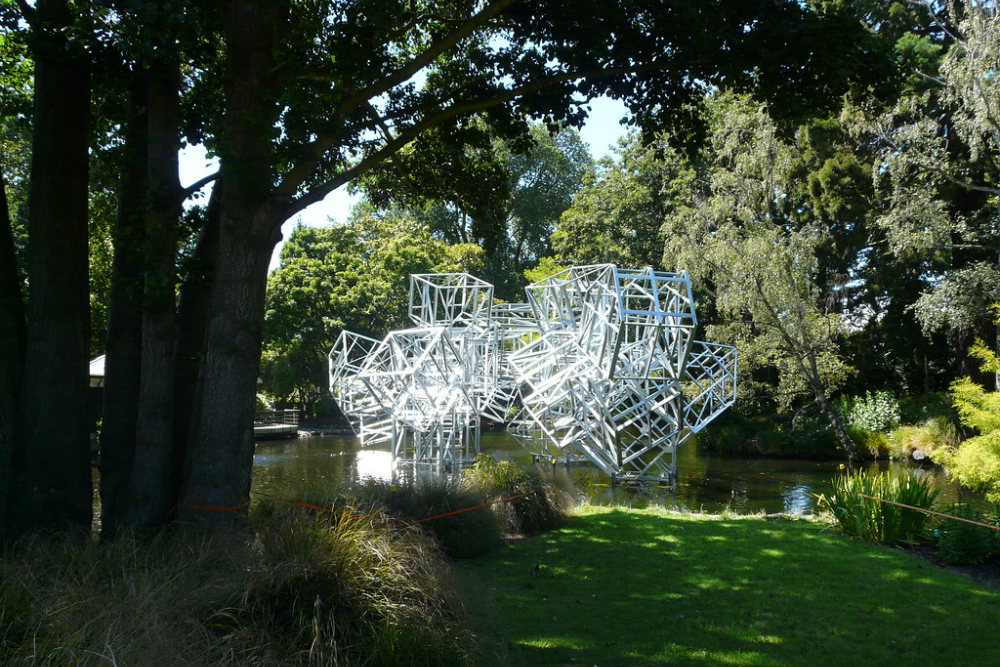
The country’s dramatic landscapes provide spectacular backdrops for outdoor sculpture collections that connect art with the environment. Destinations like Connells Bay on Waiheke Island and Gibbs Farm north of Auckland feature monumental works specifically created to interact with the surrounding topography.
These works change with weather conditions and offer different experiences as visitors move through carefully designed viewing trajectories.
Fogo Island, Newfoundland
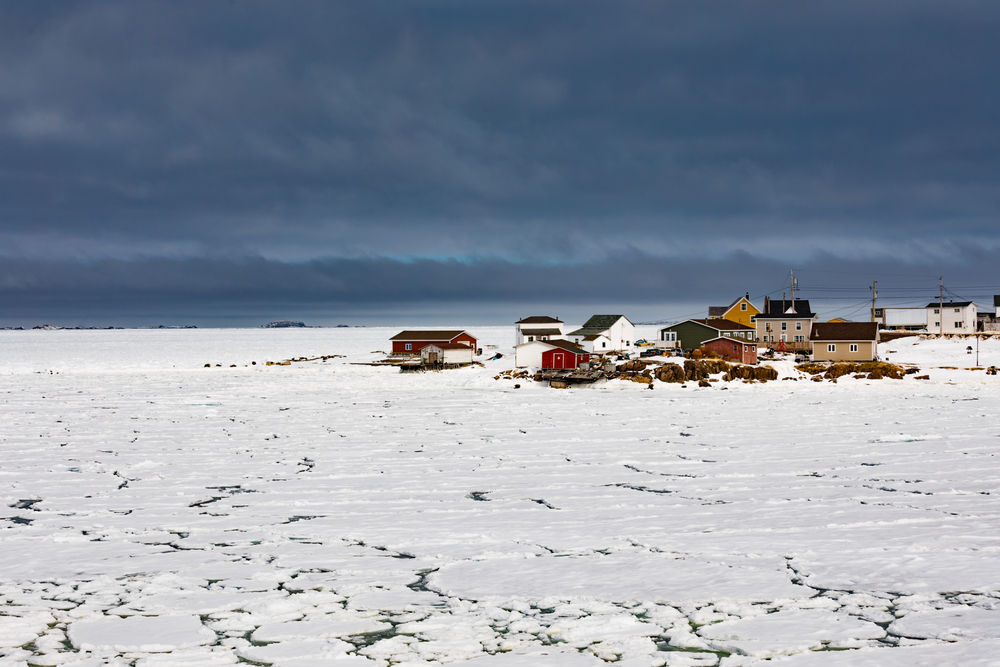
This remote Canadian island has reinvented itself through a series of artist studios that punctuate its rugged coastline like contemporary lighthouses. The stark, geometrical structures designed by architect Todd Saunders provide creative residency spaces where international artists engage with local traditions and knowledge, producing work that responds to this unique intersection of culture and landscape.
Marfa, Texas

This tiny desert town became an unlikely art destination when minimalist artist Donald Judd established the Chinati Foundation here in the 1970s. The former military base now houses large-scale permanent installations designed specifically for the space.
At the same time, the town itself has evolved into a creative outpost where galleries, experimental music venues, and architectural interventions exist alongside ranch culture.
Like Travel Pug’s content? Follow us on MSN.
Valparaíso, Chile
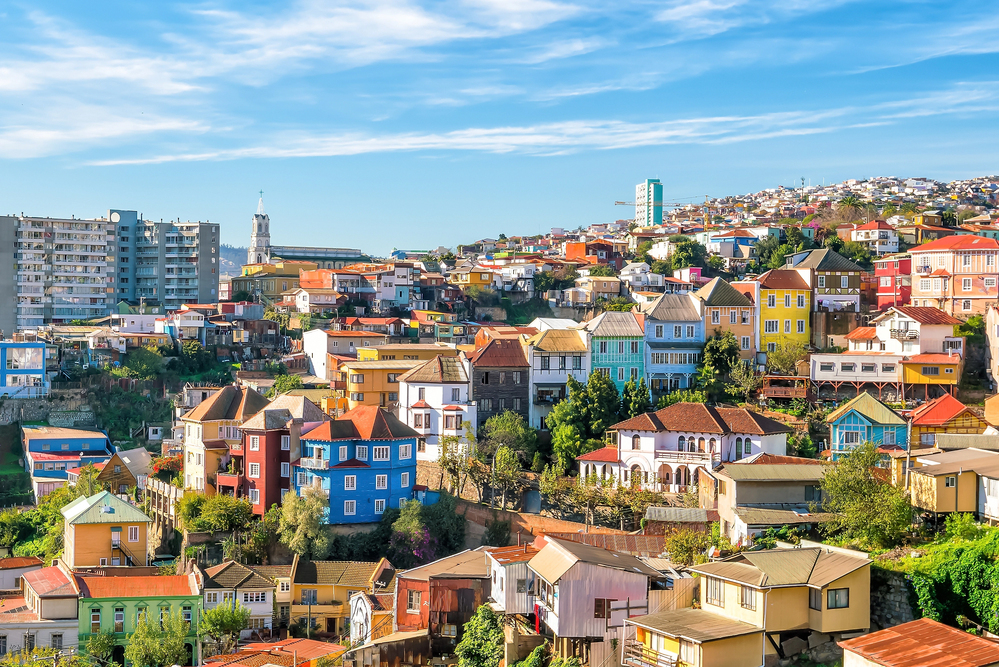
The steep hillsides and staircases of this port city serve as an organic, three-dimensional canvas for some of South America’s most vibrant urban art. What began as a political expression during the Pinochet era has evolved into an open-air gallery where buildings, steps, and alleyways showcase everything from massive murals to intimate stencil works that respond to the city’s unique topography and maritime history.
Teshima Art Island, Japan
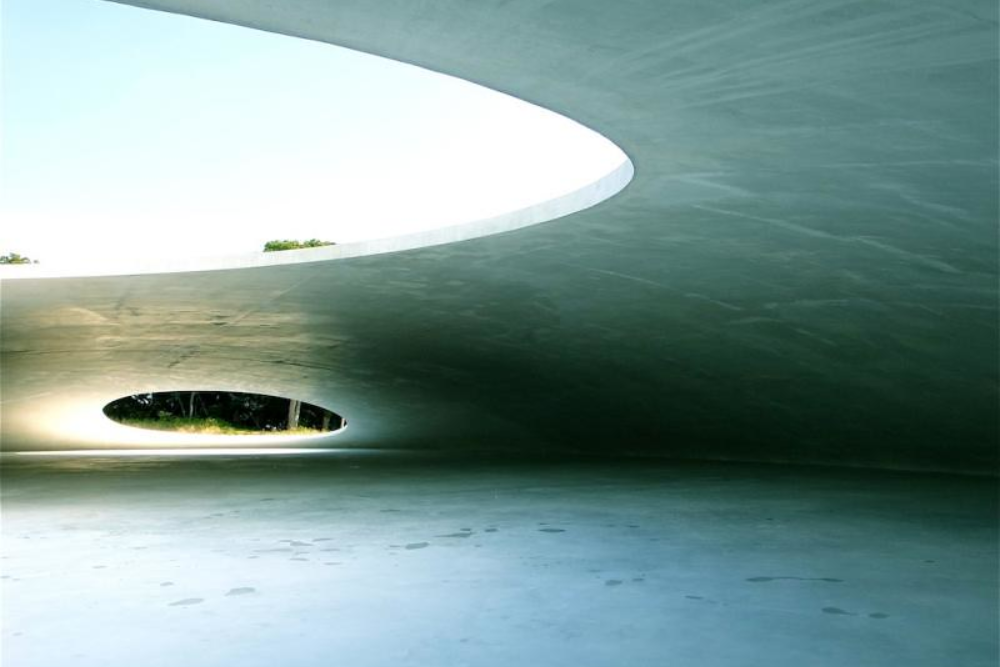
This companion to Naoshima offers a more contemplative artistic experience centered around the extraordinary Teshima Art Museum. The minimalist concrete structure designed by architect Ryue Nishizawa contains a single artwork—Matrix by Rei Naito—where water droplets emerge mysteriously from the floor to create ever-changing patterns in response to temperature, humidity, and human movement.
Bølgen Bath and Leisure Center, Denmark

This remarkable public facility, designed by the architecture firm CEBRA, reimagines the community swimming pool as a sculptural experience. The undulating wooden roof mimics the surrounding seaside dunes while creating extraordinary interior spaces where shifting natural light transforms the water surfaces throughout the day.
This demonstrates how functional architecture can become a form of accessible public art.
Like Travel Pug’s content? Follow us on MSN.
Inhotim, Brazil
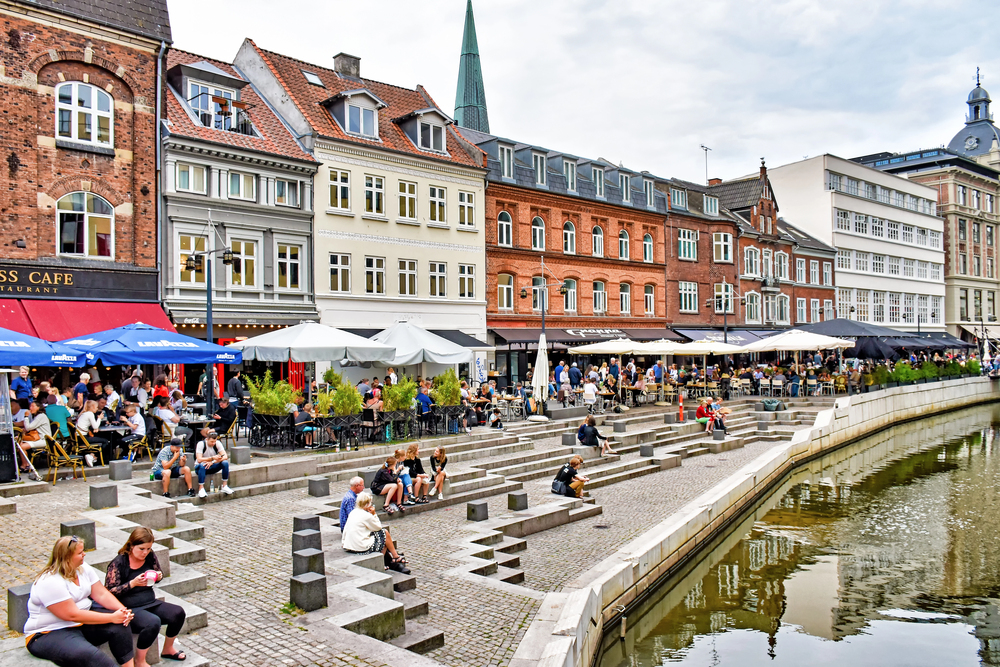
This botanical garden and contemporary art museum spans thousands of acres in Brazil’s countryside. Massive site-specific installations integrate with meticulously landscaped tropical gardens. Visitors can spend days exploring pavilions dedicated to individual artists, encountering monumental works that would be impossible to display in conventional museums, and experiencing Brazil’s extraordinary plant diversity.
Mural Arts Philadelphia

The city’s pioneering public art program has created more than 4,000 murals that tell the stories of Philadelphia’s diverse communities. What began as an anti-graffiti initiative has evolved into one of the world’s largest public art programs, where artists collaborate with local residents to transform ordinary streets into narrative landscapes that address social issues and celebrate neighborhood identity.
Bagan, Myanmar
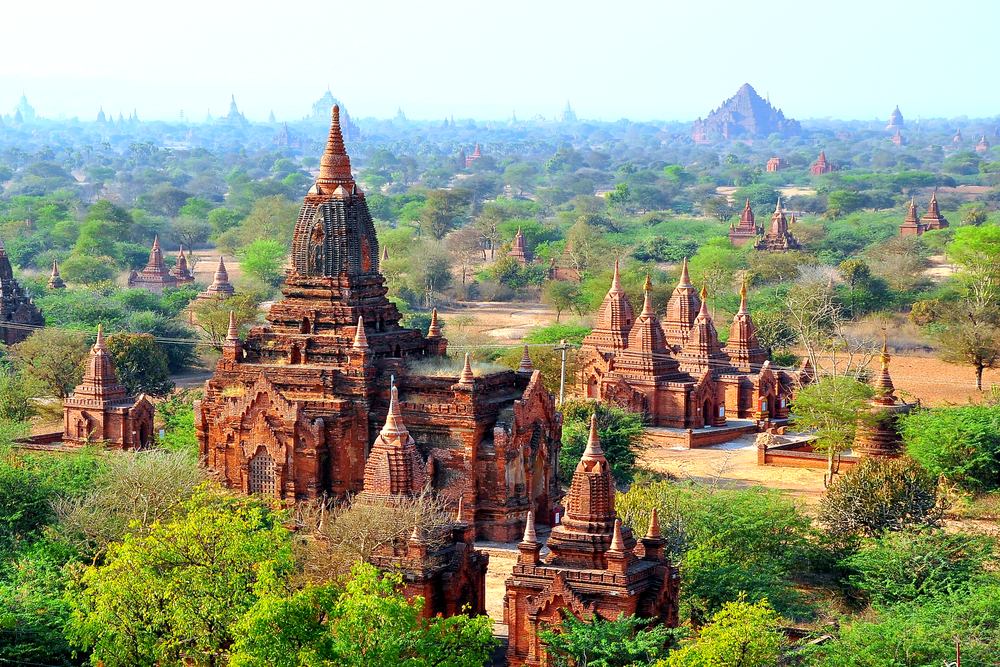
This ancient city contains over 2,000 Buddhist temples, stupas, and monasteries spread across a dusty plain, creating one of the world’s most extraordinary architectural landscapes. The structures, built between the 11th and 13th centuries, feature intricate stone carvings and well-preserved interior murals that offer insights into early Burmese artistic traditions and religious practices.
Like Travel Pug’s content? Follow us on MSN.
Santa Fe, New Mexico

This high desert city represents one of America’s oldest continuous art colonies, where indigenous traditions, Spanish colonial influences, and modernist visions create a unique cultural landscape. The compact downtown features more than 100 galleries representing Native American artisans and contemporary masters, while institutions like SITE Santa Fe push boundaries with cutting-edge installations and community engagement projects.
The Heidelberg Project, Detroit
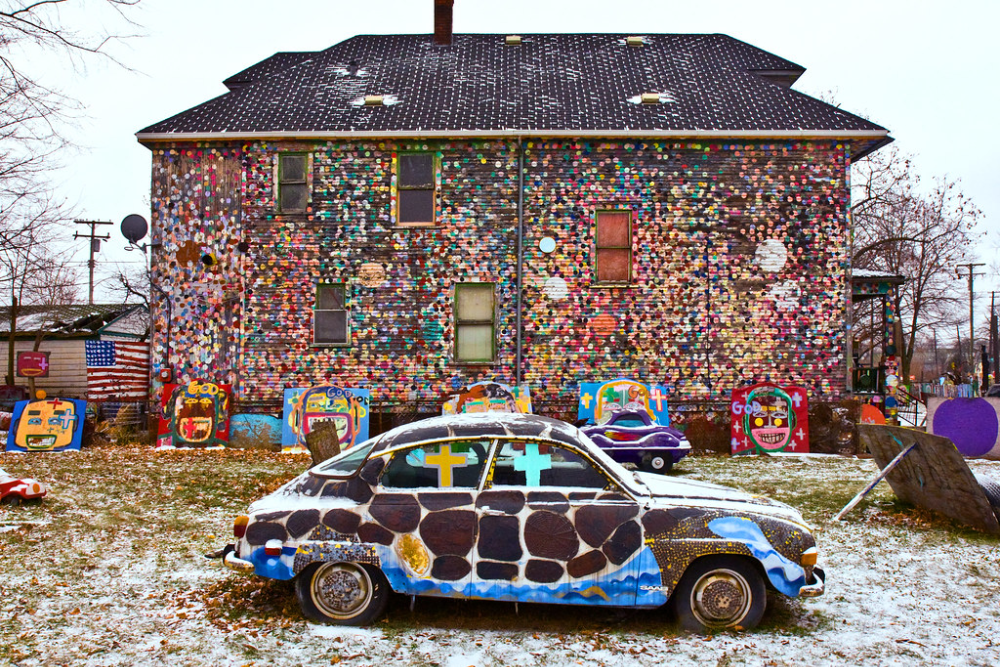
Artist Tyree Guyton transformed his declining childhood neighborhood into an evolving environmental art installation by painting abandoned houses in bright polka dots and adorning vacant lots with found-object sculptures. The ongoing project, begun in 1986, has survived arson attacks and city opposition to become a powerful statement about urban decay, resilience, and the transformative potential of creative vision.
Makoko Floating School, Lagos
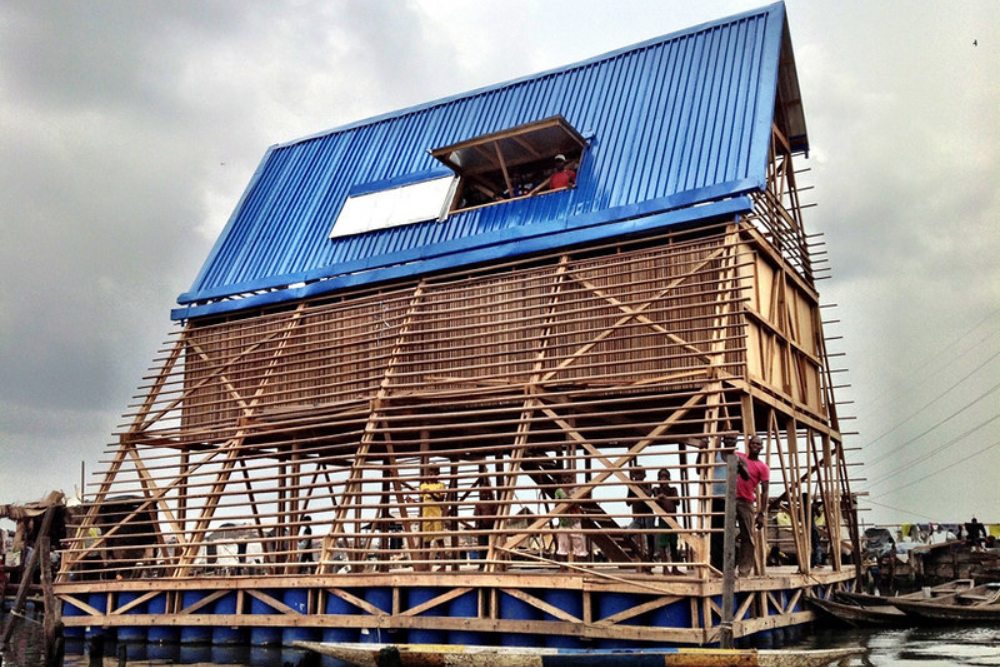
This innovative architectural project by NLÉ Works created a floating educational structure for the Makoko water community, demonstrating how creative design can address pressing social needs in challenging environments. Though the original structure collapsed in 2016, its prototype has inspired similar aquatic buildings worldwide and represents a powerful example of socially engaged architectural practice.
Like Travel Pug’s content? Follow us on MSN.
Favela Painting Project, Rio de Janeiro

Dutch artists Jeroen Koolhaas and Dre Urhahn work with local communities to transform entire hillside neighborhoods into massive collaborative artworks through vibrant painting projects. The ongoing initiative employs residents to create geometric patterns across connected building facades, creating unified visual compositions that challenge perceptions of these often-stigmatized communities.
Göreme Open-Air Museum, Turkey
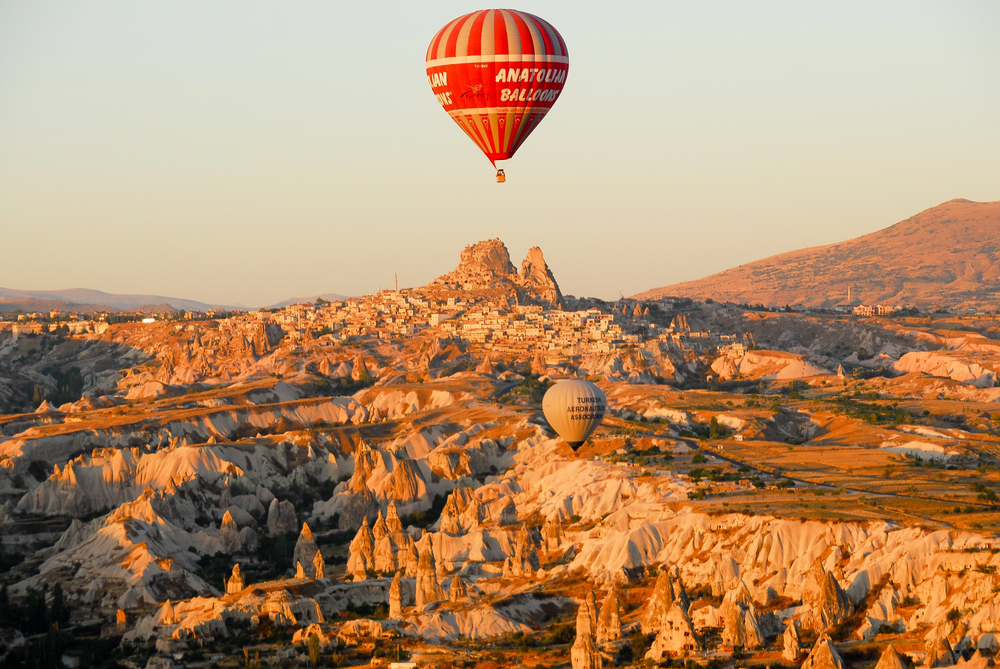
This UNESCO World Heritage site in Cappadocia features Byzantine churches, monasteries, and living spaces carved directly into the region’s distinctive fairy chimneys and rock formations. The cave structures contain remarkably preserved frescoes dating from the 10th to 12th centuries, demonstrating how early Christian artists adapted their religious imagery to the unusual architectural context.
MONA (Museum of Old and New Art), Tasmania

This subterranean art space carved into a sandstone cliff represents one of the most provocative and innovative museums in the Southern Hemisphere. Founded by eccentric gambler-turned-art collector David Walsh, the labyrinthine gallery spaces house confrontational contemporary works alongside ancient artifacts, with no labels or traditional curatorial guidance—visitors instead use a custom app that offers varying interpretations as they wander through deliberately disorienting exhibition spaces.
Like Travel Pug’s content? Follow us on MSN.
Creativity Without Boundaries

What unites these diverse destinations is their ability to dissolve traditional distinctions between art and everyday life, between creator and community, and between viewing space and natural environment. In these places, creativity isn’t confined to museum walls or gallery hours but spills into streets, landscapes, and daily rhythms, inviting participation rather than mere observation.
As World Art Day reminds us of the universal human drive toward creative expression, these destinations offer something beyond artistic appreciation—they provide immersive experiences that connect visitors with the fundamental human impulse to transform spaces and materials into vessels for meaning, memory, and shared cultural identity. They demonstrate that when art fully integrates with a place, it becomes not just something to see but something to live.
More from Travel Pug

- Cities Growing so Fast You Won’t Recognize Them in 10 Years
- 13 Destinations Where Tourists Regularly Regret Their Trip
- 20 Obscure WWII Sites Even History Buffs Don’t Know About
- 10 Under-the-Radar Mountain Towns That Are Both Affordable and Beautiful
- Remote Villages in Europe Where You Can Live for Free in Exchange for Work
Like Travel Pug’s content? Follow us on MSN.
